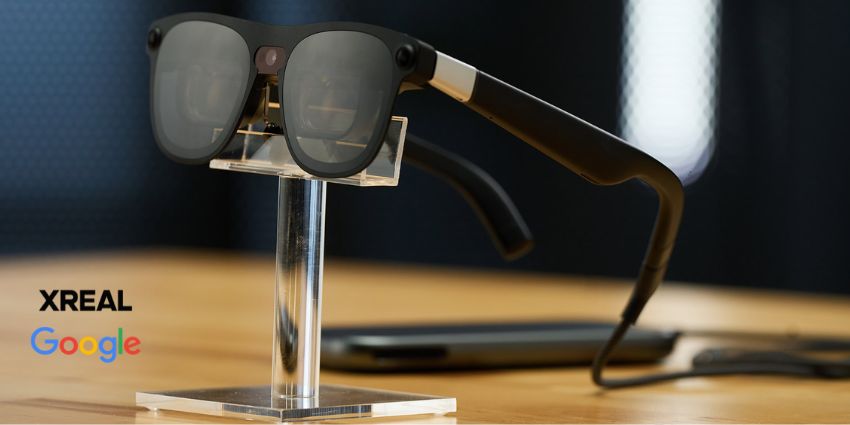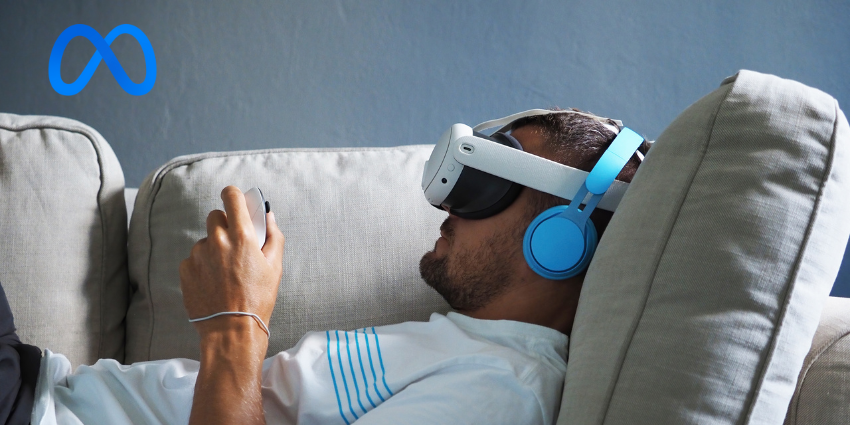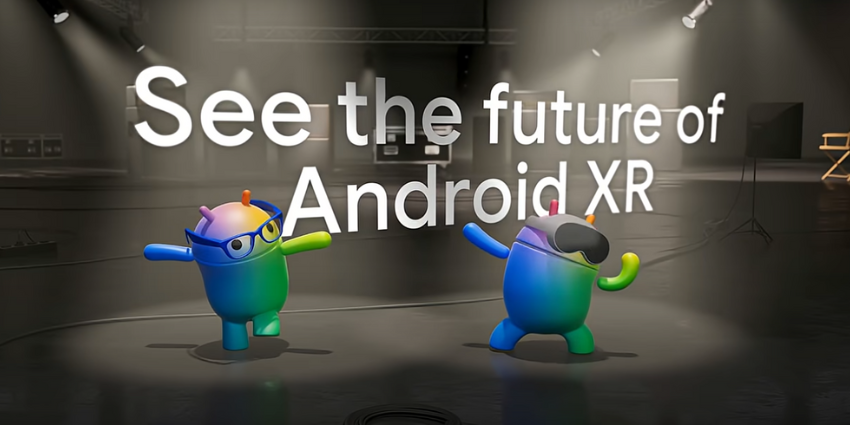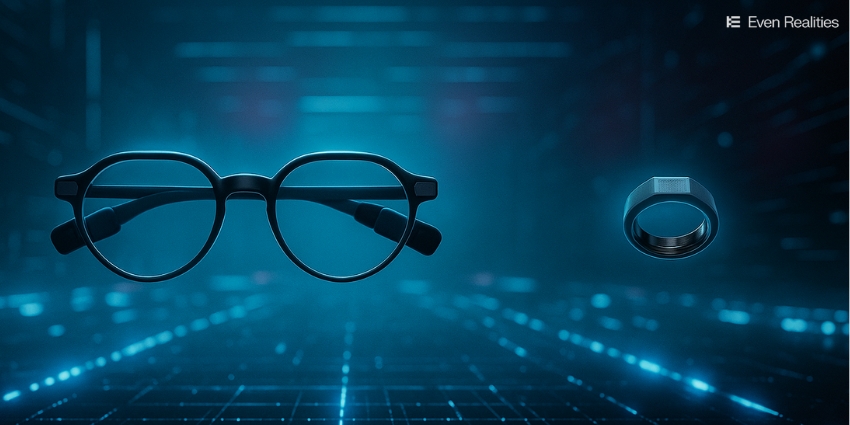According to a report by the Verge, Snap Inc. is looking to revamp its Spectacles product. This product offers a consumer-level AR smart glasses experience based on the firm’s history of developing the Snapchat social media and marketing platform.
The firm looks to continue leveraging lite AR integrations from its Snapchat and doubling down via smart glasses-based immersive interactions and content. Following an initial wave of interest in 2022, Snap is seemingly bringing its device to the forefront again, just as the AR smart glasses market is poised to take over VR headset shipments.
The most recent details regarding Snap AR smart glasses reveal that the firm plans to debut further information about the device next month, on September 17th. Interestingly, this window comes before Meta Connect 2024, where Meta is also expected to debut AR and MR hardware.
In the same vein, firms like HTC VIVE and PICO are also debuting new competitive hardware ahead of Connect 2024, with the industry seemingly keeping an eye on Zuckerberg’s yearly showcase event.
The device’s details are slim, with reports suggesting it mirrors previous iterations but has enhanced field-of-view and battery life. Snap may be looking to enter the smart glasses race with the new device instead of drastically overhauling specifications.
Snap is looking to take hold of the growing AR smart glasses market. Predictions from groups like Future Market Insights forecast a growth of AR smart glasses in the next decade. In the report “Residential and Commercial Smart Glass Market Outlook from 2024 to 2034,” the global market size is projected to reach $58,248 million in 2024 and $187,475 million by 2034.
The report emphasizes that businesses are investing in smart glass technology due to its ability to reduce energy consumption and promote sustainability. It also discusses the attractiveness of smart glasses to customers, mainly when they include features like voice assistants, self-cleaning properties, and biometrics.
However, there are challenges to overcome, including the high initial cost and the need for further research into distribution and adoption. Despite these obstacles, the “Smart Augmented Reality Glasses—Global Strategic Business Report” by ResearchAndMarkets indicates significant growth potential for smart glasses.
The report forecasts a significant increase in the global market for smart glasses, with an expected 13 million units sold by 2030 and a 53.0 per cent Compound Annual Growth Rate from 2023 to 2030. It also highlights specific regional market forecasts, such as the expected growth in the US and China.
Furthermore, ResearchAndMarkets is examining other hardware considerations within the growing smart glasses market, including “simple assisted reality glasses,” which are projected to reach five million units by 2030, and MR holographic displays, such as Apple’s Vision Pro, which are expected to grow at a 58.4 per cent CAGR until 2030.
More on Snap’s AR Hardware History
Several years ago, Snap was very much focused on becoming a significant player in the XR hardware marketplace; however, in more recent times, the focus disappeared until this week’s announcement.
In 2022, Snap showed off its hardware in a hands-on demo. At the time, the device contained dual 3D waveguide displays, a 26.3-degree field of view (FOV), dual stereo speakers, spatial audio, and a lightweight design promoting the product for outdoor usage, including social and sporting experiences.
Moreover, in August 2022, Snap discontinued its AR-ready drone Pixy after just four months on the market. During the same year, in its Q2 earnings report, Snap announced a 20 per cent reduction in its 6,400-employee workforce. The report also revealed an 80 per cent decrease in Snap’s stocks, and the firm’s Q1 earnings report showed $360 million in losses at the time.







